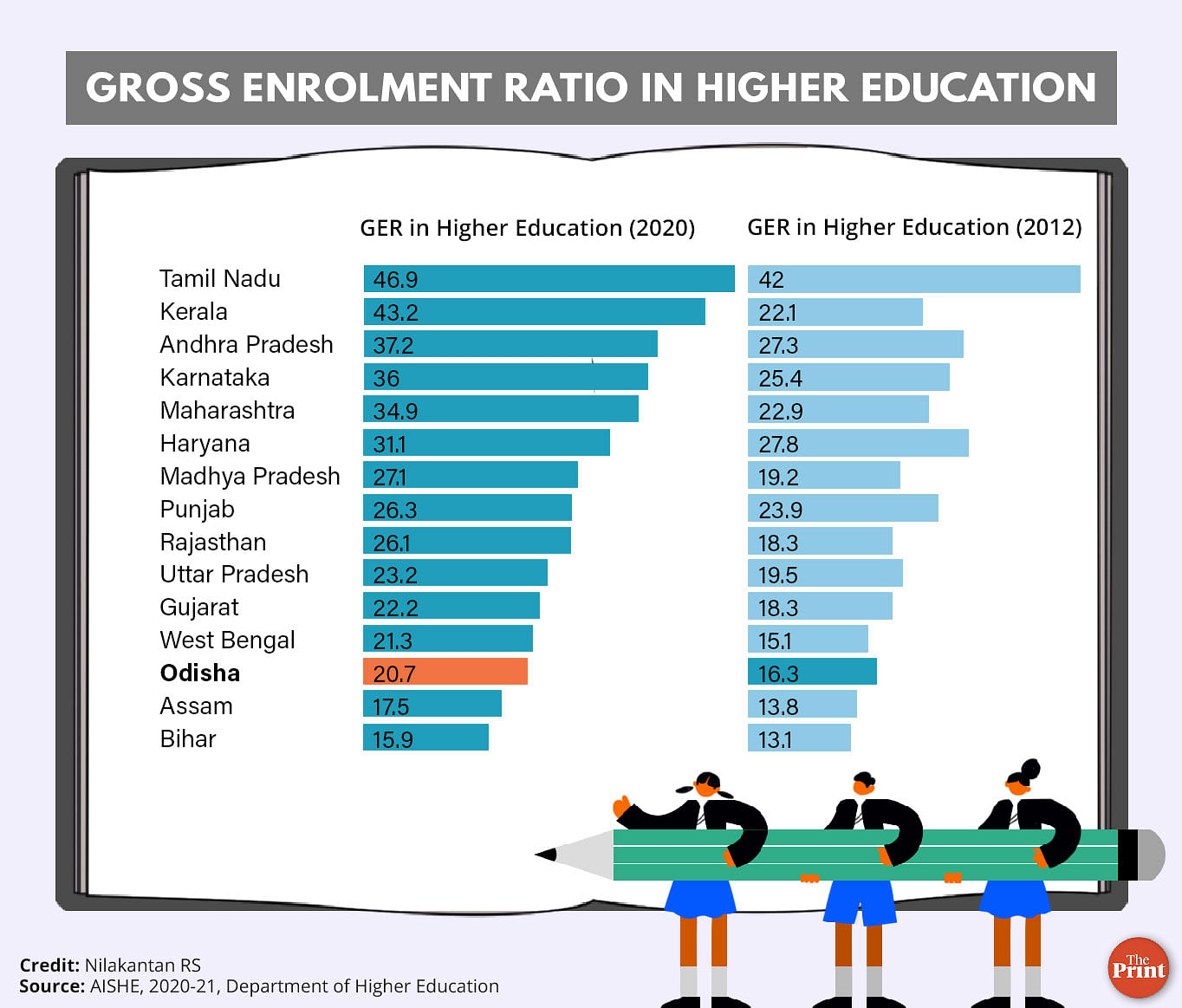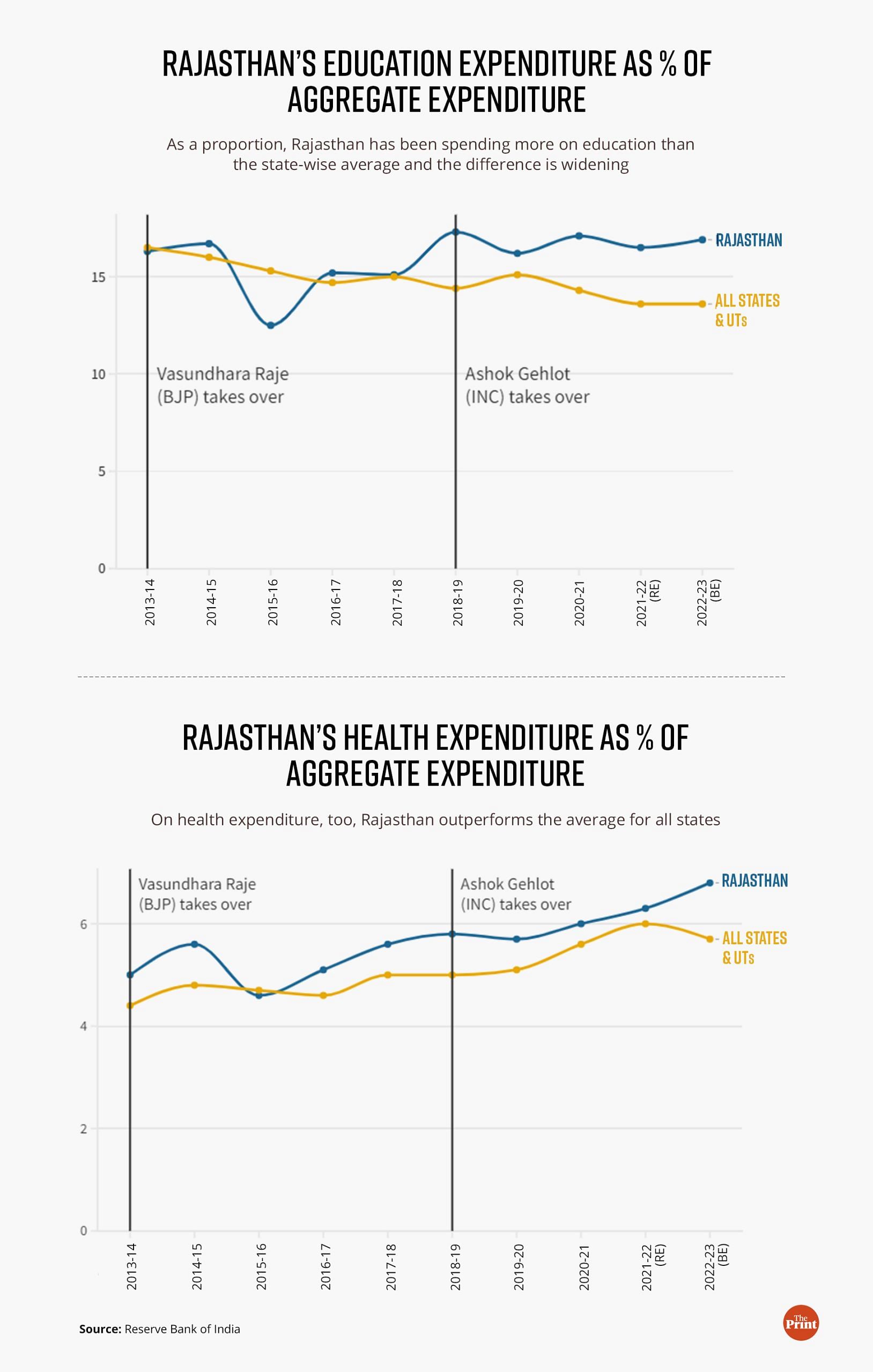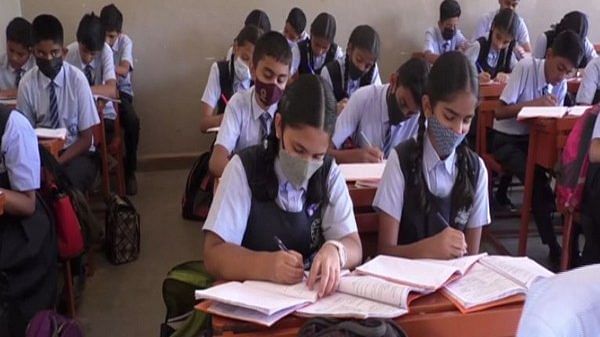Rajasthan, for over a generation, has been part of the infamous acronym BIMARU. It has had terrible indicators in health, education and economic outcomes. In recent years, though, the state has pulled itself slightly away from its bottom of the barrel peers into becoming a middling state. It has done better in terms of improving the health and educational status of its citizens compared to Uttar Pradesh in the last couple of decades.
It’s common these days of chief ministers from different states campaigning for their party in a different poll-bound state. Let’s hope that in the upcoming elections in Rajasthan, therefore, it’s not the CMs from Uttar Pradesh (Yogi Adityanath) and Madhya Pradesh (Shivraj Singh Chouhan) who show up in Rajasthan to tell the state to be more like their own states. Instead, one hopes, the CMs of Maharashtra and Punjab do that.
The turnaround
Rajasthan had an Infant Mortality Rate of 81 at the turn of the century. Its Gross Enrollment Ratio (GER) in higher education was 18.3 in 2012. Both significantly worse than the national average. More importantly, these indicators were in line with the other states that complete the BIMARU acronym — Madhya Pradesh, Uttar Pradesh and Bihar.
Rajasthan now has GER in Higher Education at 26.1, which is also the national average. Similarly, its IMR in 2020 was 32, which again is close to the national average.

Graphic by Manisha Yadav | ThePrint

A useful benchmark state for Rajasthan is Uttar Pradesh. This has also happened in the backdrop of a lot of noise on freebies and governance models. While both states still have a lot of work to do, Rajasthan seems to be on a slightly better footing in terms of its ability to meet these challenges.
While politicians make a lot of noise about freebies based on where they sit, with Rajasthan being accused of that dig in recent times, a simple truth is that budgetary allocation to core areas of health and education is a necessary condition to improve the lives of citizens. The question then becomes: did Rajasthan achieve these slightly better outcomes compared to Uttar Pradesh in part because it made slightly better allocations to the core sectors of health and education?
A look at the budget documents of these states for 2023-24 tells us quite a bit. Rajasthan’s expenditure on education is estimated at 19.5 per cent of its total expenditure while Uttar Pradesh’s corresponding expenditure estimate is 13 per cent. A useful benchmark here is the national average which is 14.8 per cent. These two states have historically had very poor outcomes in education. So, a reasonable expectation then would be that both these states spend more than the national average. After all that’s why we elect governments — to make these spending choices on our behalf. The execution of it is left, in theory, to a seemingly apolitical bureaucracy.
Rajasthan seems to have made a choice that most people would approve of. While Uttar Pradesh has a few questions to answer.

And it’s not like Rajasthan has had a one-off year of spending more than the national average on education, as a ratio of its overall expenditure. This has been a feature of the state’s budget for several years now. And the benefit of that political judgment has been that Rajasthan, which had a worse performance in education a decade ago compared to Uttar Pradesh, now has a higher GER.
Also read: West Bengal economy’s fall has been stunning. Too obsessed with agriculture
Keeping finances intact
The story is quite similar in health spending and outcomes. For a decade now, with the exception of one year, Rajasthan has spent a higher portion of its overall expenditure on health than the national average. As a consequence, the most important indicator of health – the IMR – has improved at rates faster than its peers. By improving its IMR by 60 per cent in the last two decades, Rajasthan has done the most among states bucketed as BIMARU. It still has poor indicators in health but they are no longer as shockingly bad as Madhya Pradesh or Uttar Pradesh.
These improvements on the back of higher spending in health and education have not derailed the state finances either. They have come with a relatively stable, albeit slightly higher than average, fiscal deficit. This is expected for a poor state – after all we want that state to run deficits to improve the human development indicators so that those citizens become productive in the future and in the process wipe the deficit out. This is the virtuous cycle that democracies seek.
Nilakantan RS is a data scientist and the author of South vs North: India’s Great Divide. He tweets @puram_politics. Views are personal.
(Edited by Anurag Chaubey)



